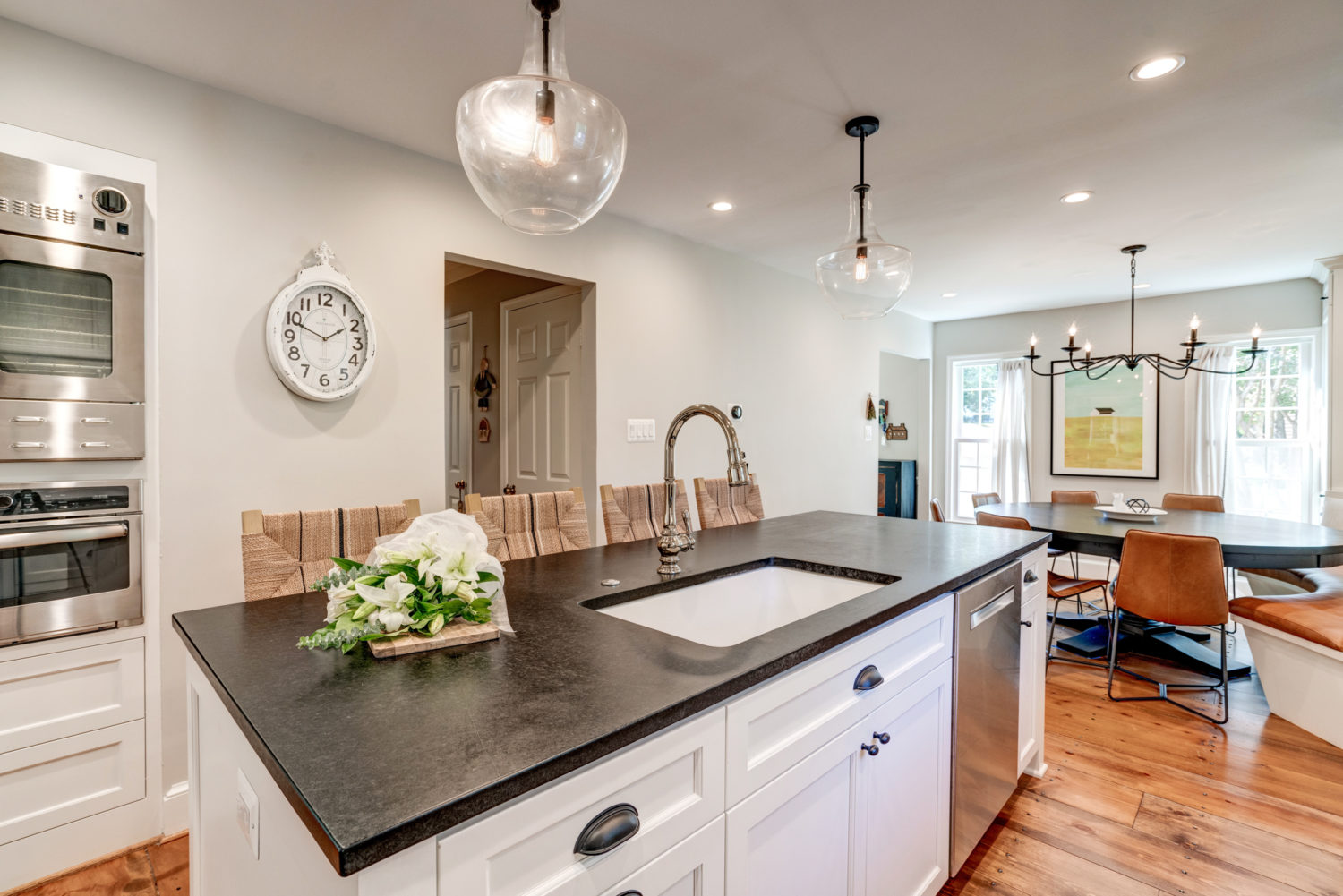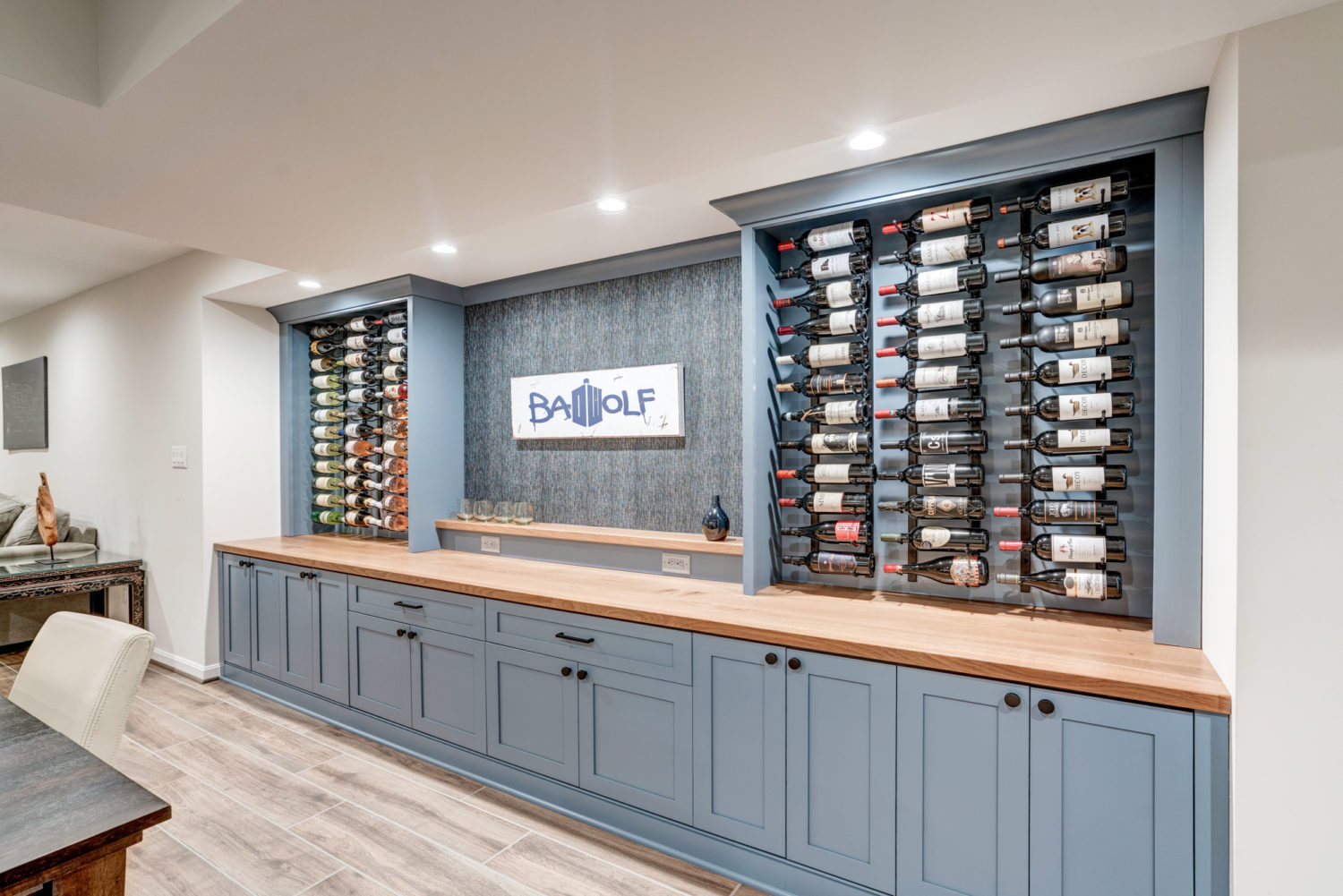Design Build vs. General Contractor: Choosing the Right Partner for Your Remodel
When you’re ready to remodel your home, one of the most important decisions you’ll face is who to hire. The choice between a design build firm and a general contractor shapes not only your project’s outcome but also your daily experience throughout the remodel. Homeowners in Washington DC and Montgomery County—including Bethesda, Chevy Chase, Silver Spring, and Potomac—often wonder which model best fits their needs.
This guide breaks down how design build firms and general contractors operate, what makes them different, and which option delivers the best results for projects like kitchen remodeling, bathroom renovations, home additions, and whole-home transformations. By the end, you’ll know how to evaluate your options and confidently choose the right partner for your remodel.
What Is a Design Build Firm?
A design build firm brings together both design and construction under a single company. Instead of separately hiring an architect, a designer, and a general contractor, you work with one team that manages your entire project—from the initial sketches to the final walkthrough. This integrated approach is especially valuable for homeowners in Washington DC and Montgomery County who want a smooth, efficient process.
With a local design build company like Hammer Design Build Remodel, you benefit from:
-
One consistent point of contact throughout your remodel
-
Seamless communication between architects, designers, and builders
-
Early and accurate budgeting that aligns with design decisions
-
A streamlined process that reduces delays and eliminates finger-pointing
This method is particularly powerful for large-scale projects such as kitchen remodeling, bathroom renovations, and whole-home remodels, where design and construction decisions must work hand-in-hand.
What Is a General Contractor?
A general contractor (GC) usually focuses only on the construction phase of your project. They build according to the architectural plans you provide, whether created by an independent architect or a separate design professional. Their main responsibilities include hiring and supervising subcontractors such as plumbers, electricians, and carpenters, scheduling and managing construction tasks, and ensuring the work aligns with the provided drawings.
While many general contractors in the DC metro area are skilled builders, this model often places more responsibility on the homeowner. You become the project coordinator—managing communication between your architect, designer, and GC. This arrangement can work well for smaller jobs, but for complex projects like a home addition or a full whole-home renovation in Bethesda or Chevy Chase, it can create extra steps, delays, and potential miscommunication.
Advantages of a Design Build Firm
Choosing a design build firm offers several clear benefits over working with a separate general contractor.
Clear and Upfront Budgeting
Because the design and construction teams collaborate from the beginning, you’ll receive realistic cost estimates that account for design choices before building starts. This reduces the likelihood of mid-project surprises when a material choice or layout change adds significant expense.
Integrated Communication
A design build firm is accountable for both the vision and execution. Unlike hiring an architect who hands off drawings and leaves, your design build team ensures your finished project reflects the design goals you approved.
One Project Manager
With a design build firm, you work with a single project manager who oversees every aspect of the remodel. For homeowners in Potomac, Silver Spring, or Chevy Chase, this simplifies decision-making and eliminates the stress of juggling multiple professionals.
Streamlined Timeline
Because the design and construction phases are coordinated, projects often move faster. Permitting is handled in-house, scheduling is more efficient, and decisions are made collaboratively—saving you time while reducing the risk of delays.
How to Decide Between Design Build and a General Contractor
Step 1: Assess Project Complexity
-
Cosmetic updates like flooring, painting, or fixture swaps may only require a GC.
-
Major remodels—such as kitchen renovations , bathroom remodels , or home additions —benefit from design build integration.
Step 2: Consider Your Time and Involvement
-
Want to coordinate architects and contractors yourself? A GC might suffice.
-
Prefer one accountable team to handle everything? Design build is the better choice.
Step 3: Compare Value, Not Just Cost
Design build projects often save money long-term by avoiding change orders, miscommunication, and rework. Even if the upfront investment looks similar, the efficiency and reduced stress provide better value.
Tools, Examples, and Real Results
When deciding between a design build firm and a general contractor, it helps to look at practical tools and examples that guide your decision. A quick checklist can simplify the process:
If you want one company to handle both design and construction, a design build firm in Washington DC is the right choice. This approach keeps everything under one roof, giving you a single point of contact and ensuring that design decisions flow seamlessly into construction.
If you already have complete architectural drawings prepared by an independent architect, a general contractor in Montgomery County may be the better fit. They can execute the build efficiently as long as you’re ready to coordinate directly with your design professionals.
If your priority is clear budgeting, fewer delays, and a streamlined timeline, design build is the smarter model. Because budgeting and design are connected from the start, you avoid costly change orders and unexpected adjustments during construction. This is especially beneficial for kitchen remodels, bathroom renovations, and whole-home remodels where even small design shifts can impact costs.
On the other hand, if you prefer to manage subcontractors directly and stay heavily involved in day-to-day coordination, a general contractor gives you that flexibility. This model may work best for smaller projects or cosmetic updates where detailed design planning isn’t as critical.
By weighing these options against your goals, you’ll be able to choose the partner who best aligns with your project’s complexity, your level of involvement, and your expectations for efficiency.
Case Study: Whole-Home Renovation
A Silver Spring family partnered with Hammer’s design build team to complete a whole-home renovation. From the first consultation, designers and builders collaborated to expand the kitchen, update bathrooms, and reconfigure living spaces. The homeowners had one point of contact and avoided the stress of coordinating multiple firms. The result? A unified design that matched their vision and was delivered on schedule.
For more inspiration, explore our portfolio of remodels, including kitchens, bathrooms, additions, and luxury home transformations across the DC metro area.
Mistakes to Avoid
Mistake 1: Choosing Based on Lowest Price
A low bid often excludes key services like design, permitting, or project management. Always ask what’s included before signing.
Mistake 2: Assuming All Firms Work the Same Way
Not every contractor offers in-house design or architectural services. Ask detailed questions about what’s included to avoid surprises later.
Mistake 3: Ignoring Local Requirements
DC and Montgomery County remodels require strict compliance with building codes and permits. A design build firm usually handles these for you, while with a GC you may be responsible.
Frequently Asked Questions
Do design build firms handle permits?
Yes. Teams like Hammer manage drawings, permitting, and inspections as part of the process.
Are design build projects more expensive?
Not always. By reducing delays, miscommunications, and errors, design build can often save money compared to coordinating separate firms.
Can I use my own architect with a design build firm?
Yes. Many firms will collaborate with outside designers while still managing construction.
What projects are best for design build?
Kitchens, bathrooms, additions, and whole-home renovations benefit most because design and construction decisions overlap heavily.
How do I know if a firm is truly design build?
Ask if they provide in-house architectural drawings, project management, and construction services—all within one company.
Conclusion
Choosing between a design build firm and a general contractor is one of the most important decisions you’ll make in your remodeling journey. For homeowners seeking seamless coordination, clear budgeting, and high-quality results, design build offers clear advantages.
If you’re planning a remodel in Washington DC or Montgomery County, now is the time to partner with experts who can bring your vision to life. Contact Hammer Design Build Remodel to schedule your consultation and see how our integrated process can simplify your remodel from concept to completion.


